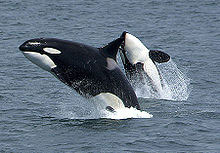Picasso Bull

Kids love to draw animals and Pablo Picasso being a kid at heart gives us our inspiration for today's lesson. He was one of the most famous and prolific artists ever. Picasso had tremendous diversity and abundance to his career. He loved using animals and birds as his inspiration. The bull was one of his favorite, using the subject in painting, drawings and sculptures. He did a series of bulls from very realistic to almost totally abstract. In this drawing we use a Picasso cubist bull for our inspiration. Picasso used color, shape and line to create his cubist drawing of the Bull. Our lesson works with shapes, lines and color to create our image. Materials: Heavyweight paper, sketching pencil, sharpie and your choice of mediums to finish. Step #1: Draw light guidelines across the center and down the middle of the page. Draw a large rectangle for the body and a small rectangle for the head a shown below. Step #2: Draw head with eyes, nose, mouth and horns. Step #3: Draw






